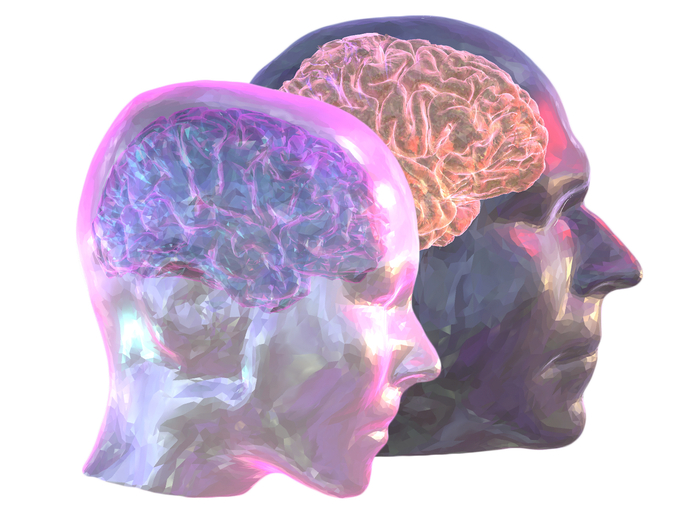The Virtual Brain simulates the brain to reveal the origins of disorders
A cognitive irony is that the human brain’s very complexity makes it difficult to theorise about its workings, using thought alone. However, computer models can simulate the consequences of theories, identifying problems and formulating new theories for neuroscience testing. Within the HBP (Human Brain Project), large-scale brain simulation, and specifically the included Virtual Brain, affords a better understanding of the emergence of so-called resting-state networks. Electroencephalography (EEG) and magnetic resonance imaging (MRI) show that brains are active even when not engaged in specific activities. Brain simulations explain these rhythmic networks as spontaneously emerging from the interaction of large groups of nerve cells via the brain’s white matter. Looking for emergent patterns The brain is on average made up of approximately 86 billion nerve cells and 1 quadrillion connections between them. Nerve cells and connections are in turn made up of even smaller elements, such as ion channels and spines, with a range of functional properties. Simulating the brain down to this level would require the measurement of all the subtle properties of these components. But computer processing power is still too limited to perform these calculations in a practical amount of time. On HBP’s Brain Simulation Platform (BSP), teams work with simulation engines on different levels of abstraction – from modelling smaller volumes to a high level of detail to more coarse-grained, but still full-brain simulations of brain dynamics. One of the latter is The Virtual Brain, “So, we are not trying to accurately simulate the brain, but rather reveal the large-scale patterns that emerge from the interaction of these elements, like those that emerge in a flock of birds,” says Prof. Petra Ritter, leading the work on the Virtual Brain Project and connecting it to more detailed simulators on the BSP. Dividing the entire brain into areas, the researchers formulate theories testable by computer modelling. As many details are little understood or only vaguely specified, they use EEG and fMRI brain imaging to constrain the models. These simulations enable the team to estimate the connectivity between brain areas yielding so-called connectomes (strengths of interaction between different brain areas) and so accurately predict brain activity. “We are interested in high-level cognitive functions like intelligence, decision-making, memory and learning, to work out the cause of impairments and to map out improvement strategies,” says Prof. Ritter. So far, amongst other findings, the project has increased understanding about: recovery after stroke, the prediction and characterisation of epileptic seizures, the progress of Alzheimer’s and the functional implications of brain tumours. The open source Virtual Brain is freely available for download and even modification. The hope of the ‘virtual human’ Neurodegenerative disorders are one of the most pressing problems facing modern societies. In addition to the individual burden, with 14 million people across Europe predicted to have dementia in 2030 alone, the cost is predicted to surpass EUR 250 billion by that year. Additionally, mental health conditions such as bipolar disorder, schizophrenia, depression, anxiety, PTSD, ADHD, alcohol and drug use disorders currently affect one in six people across the EU, and this percentage is rising. The cost of healthcare, social security and decreased employment/productivity is EUR 620 billion annually. Existing treatments for these conditions usually rely on medication, which suppresses symptoms rather than cures illness. While the underlying mechanisms of these disorders remain unclear, evidence increasingly points to complex systematic physiological connections, which are hard to study with experimental methods alone. “With full-brain simulation, and in the future full-body simulation, we will better understand the whole human system. ‘Virtual humans’ would allow us to develop customised interventions targeting the combination of genetic, metabolic and neuronal factors responsible for brain disorders,“ concludes Prof Ritter.
Countries
Switzerland



